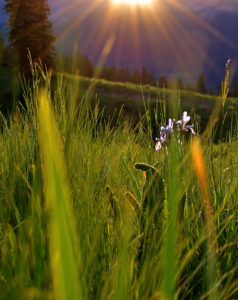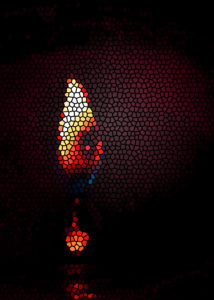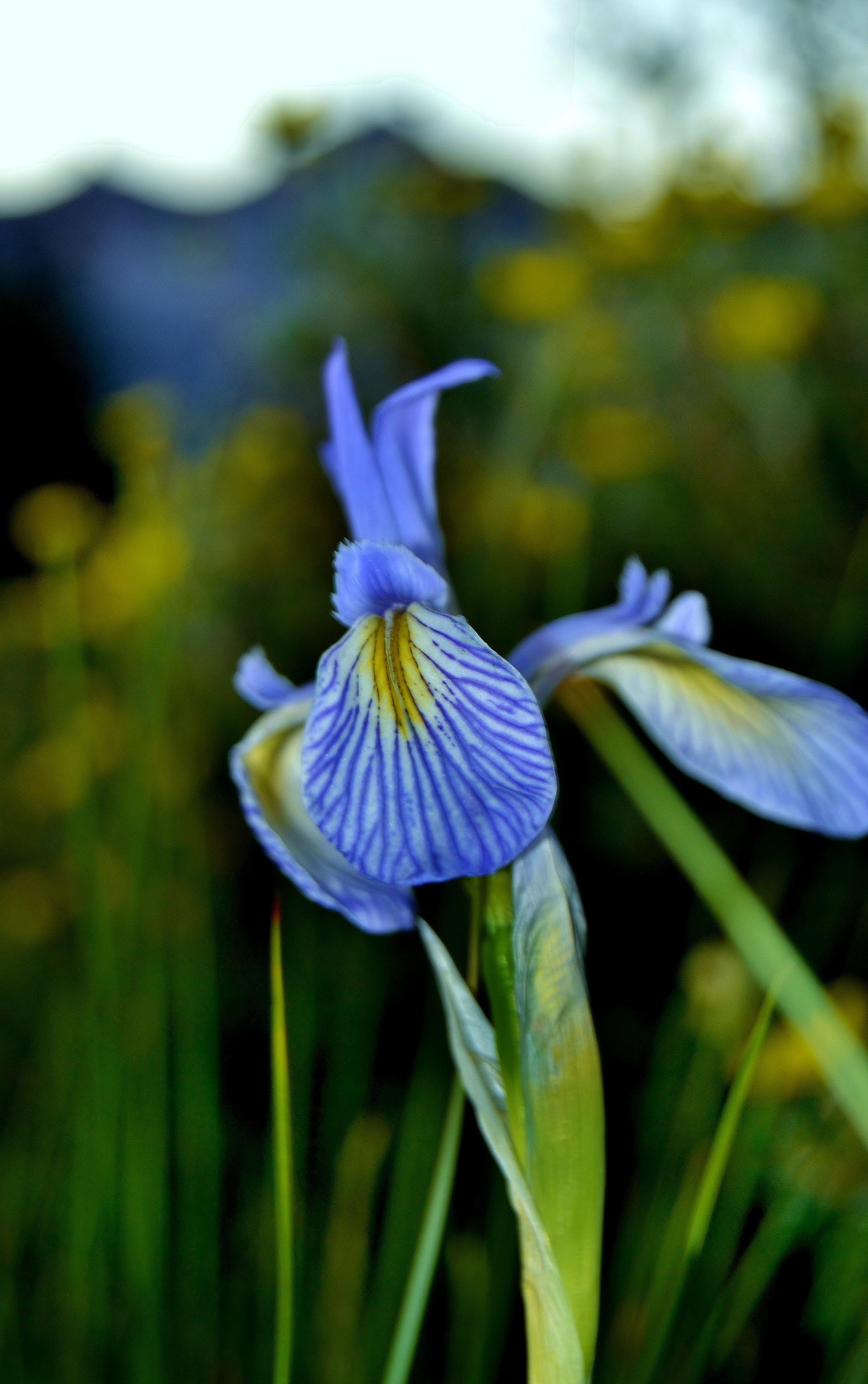How to Write Color Part Two
Well, if you enjoyed working with last week’s exercises – (I haven’t heard about it! J) Let me know what you think in the comments below, or request a different blog post.
Now, on to the business of color…
Exercise 3: Flowers

I know, it sounds a little weird, but trust me. Flowers are some of the most romantic color sources in all creation. If, like it is in my part of the world, you have winter – you can try visiting a nursery or a florist’s shop, looking at pictures, or fake flowers.
- Pick one bloom.
- Study that bloom.
- Write down every single color you see, and how it fills the shape. Be as eloquent or as statistical as you want.
- Now look at the whole bouquet. (Two or twenty flowers, it doesn’t really matter.)
- Generalize and soften your description. Try to pick the two strongest colors, and describe them in a descending arc. “The purple fades to deep, royal blue at the center of the violets, making a sweep of each bloom.”
- Combine the two descriptions.
You now have a pan-zoom writing piece. First you focus in close, then you pull back and look at your work from further away.
Exercise 4. Descriptive Training.

Don’t write anything. Look around at what other people write. Try books. Older novels especially tended heavily towards description, and while that might not be popular anymore, it is no less a viable and valuable skill.
A modern author you may care to try is Brian Jacques. His Redwall Abbey series is available in most libraries.
Read catalog descriptions. Listen to a poet describe a sunrise – or read a home and garden magazine.
The more you learn about how other people perceive the world, the better off you will be.
Exercise 5. Smell Color.

What would you do if I said “The maiden was possessed of cinnamon-colored hair?” Most likely you would think about cinnamon, a very common spice.
You would think about its color, a pleasing reddish-brown. You would also think about its scent. That indescribable whiff of sweet fire. You might think of baked goods, or you might think of fiery candies. “The sweet maiden was possessed of cinnamon-colored hair,” for instance, would make you think of cookies and apple pies. “The fiery maiden was possessed of cinnamon-colored hair,” resolves in the reader’s mind the image of a strong, resolute, tempestuous girl who tends to the redheaded way.
Soooo….
- Pick 5 different items with distinctive smells and colors. NOT cinnamon! That’s cheating. You might also try pumpkins, peanut butter, bananas, wood smoke, even the strong smell of grease. Seriously, just look around you and pick what you’re familiar with.
- Try to associate feelings with each item. When you write about items which are distinctive, like cinnamon and grease, comparisons will inevitably arise in your reader’s mind.
- Anticipate what other people might feel about this association. Some people undoubtedly dislike cinnamon – some are possibly even allergic. Still, the connotations are culturally pleasing.
Exercise 6. Manipulating Colored Emotion

People often feel a certain way when they look at a certain color. Grays and blacks are usually depressing, blues are meditative, yellows are cheerful, reds are angry. (Very generally!)
As a descriptive color writer you need to be able to use emotions to evoke color, and color to evoke emotion – and that is not anywhere near as easy as it sounds.
Different people respond differently to different colors. For instance, most people enjoy blue sky/sunny days.
They’re not my favorite. I grew up in very dry country, and watched the land and animals wither away as year after year passed with little to no rainfall. My favorite days are gray, misty, and rainy. I love raindrops on the windows and filtered light.
Yet if I express my personal preference without explaining myself, describing my happy day: “It was cool, the air was wet, and the mist lay heavy over tree and mountain;” I would likely depress most people.
- Pick your absolute favorite day; sunny, rainy, snowy, blowing.
- Imagine two types of people, someone who hates it, and someone who loves it.
- Write a two sentence description of the same day for each of your fictitious people. (Hint: Use adjectives to clarify your color choices, and use unique color terms. Jet black, and midnight dusk, for instance, raise two different feelings about what is – essentially – the same color.)
Stay tuned for next week! And happy writing.

